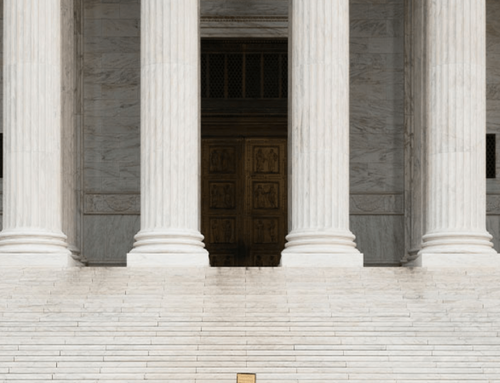CARES Act Employee Retention Credit – Who it Applies to and How to Use It
If your business was hit hard by COVID-19, you may retroactively qualify for an Employee Retention Credit under the new Consolidated Appropriations Act, 2021 (CAA). Previously, businesses that took the PPP loan were not qualified to take the Employee Retention Credit outlined in the CARES Act passed in late March 2020. However, modifications made by the CAA in December 2020 means that you may be eligible to take both. Here’s what you need to know.
Employee Retention Credit as outlined by the CARES Act
Under the CARES Act, if an employer with fewer than 100 employees experienced a 50% decline in gross receipts for a calendar quarter in 2020 compared to the same quarter in 2019, or if their business was shut down by a state mandate, they were eligible for the Employee Retention Credit. The credit applied under the CARES Act is 50% of qualified wages, including qualified health care costs. This meant up to $10,000 per year, per employee for a maximum credit of $5,000 per employee. Qualified wages paid by an employer from March 13, 2020 through December 31, 2020 are eligible for the credit. Full details on qualified wages were included in IRS FAQs.
However, under the CARES Act initially, employers were not eligible to take advantage of the Employee Retention Credit if they received a PPP loan. This prevented many employers from receiving this credit.
Changes made by the Consolidated Appropriations Act, 2021
The CAA, which passed at the end of December, included changes that impacted the Employee Retention Credit introduced by the CARES Act. Significant changes include:
- Availability retroactively to employers who received a PPP loan (However, you cannot claim the credit for wages utilized for PPP loan forgiveness)
- Extended the expiration date from December 31, 2020 to June 30, 2021
- Employers with 500 or fewer employees are eligible for the credit beginning January 1, 2021
- Eligibility changed beginning January 1, 2021 to employers who saw a decrease of 80% or more in gross receipts compared to the same quarter in 2019
-
Increased from 50% of qualified wages to 70% of qualified wages up to $10,000 per quarter, per employee for a maximum credit of $14,000 per employee for the first two quarters of 2021
While some restrictions loosened, others tightened
As you can see, while the credit has increased and qualification criteria is wider in 2021, a company also needs to have a more significant loss in 2021 to be eligible for the Employee Retention Credit. However, if you think you might be retroactively eligible for a credit in 2020, even if you are not eligible for 2021, you should reach out to learn more about eligibility and how to apply the credit.
How our clients have been able to use the Employee Retention Credit
We can help walk you through the eligibility criteria and amending your returns if the credit now applies to you.
One of our clients received a PPP loan right away and used the funds quickly. In order to get more assistance, we helped them claim this credit for the 2nd and 3rd quarter of 2020. Another wasn’t able to receive a PPP loan until the second round of funding in May 2020. We were able to amend their 1st and 2nd quarter payroll tax returns to claim the Employee Retention Credit.
If you believe the above conditions apply to you (you saw a significant decrease in gross receipts but were previously ineligible for the Employee Retention Credit), get in touch with anyone at Chortek to get the ball rolling. We especially want to help clients amend for 2020 where applicable.




